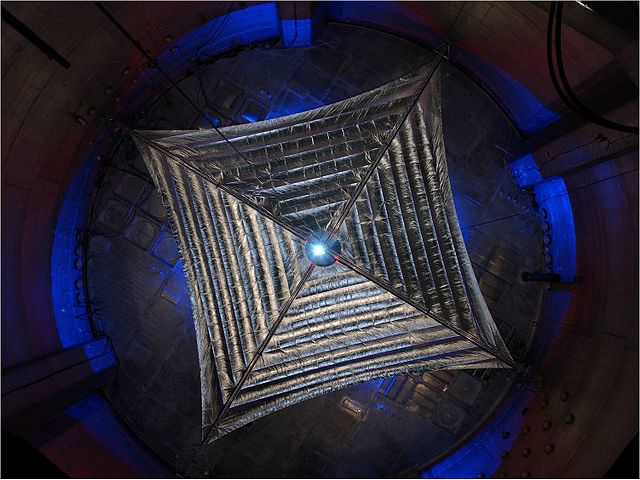What Is LightSail and How Does It Work?

Science fiction has provided us with a lot of ideas for technology that have slowly become reality. Just look at the smartphone in your pocket. More than half a century ago, Star Trek gave us the idea of portable communicators and data tablets that could provide you with all the information you could ever need at your fingertips. Today, we’ve got cell phones and tablets that do just that. If you’d shown them to Gene Roddenbery in 1966 when his show premiered, he’d have thought you were from the future.
Cell phones aren’t the only technology we’ve plucked from science fiction. Let’s take a closer look at LightSail — what it is, how it works and how it might change the way we look at interstellar travel.
What Is LightSail?
LightSail 2 is the brainchild of the Planetary Society, a CubeSat that was launched on June 25, 2019. Instead of relying on chemical thrusters, LightSail is unique in that it is propelled entirely by sunlight. Yes, you read that right. These spacecraft don’t use any chemical propulsion to navigate, move or keep their orbit stable.
The Planetary Society has been working toward this dream since 2005 when they launched their first solar sailing spacecraft, Cosmos 1. Unfortunately, the Cosmos 1 didn’t make it into orbit due to rocket failure. However, in 2015, Lightsail 1 did. It also completed a test flight, which was an orbit around our home planet. LightSail 2, which launched this past June, is still circling the planet, and the tentative plan is to deorbit the spacecraft sometime in the second half of 2020. That might change, though, depending on how well it survives during 2020.
How Does LightSail Work?
How do solar sails work? This type of propulsion relies on particle physics, or rather the physics of a single particle — the photon. These photons make up the visible light you see. When they come into contact with something, they bounce off, which is what allows you to see them. While these particles don’t have any mass, they do have momentum. Remember what Sir Issac Newton said about momentum?
Newton’s Third Law of Motion says that for every action, there is an equal and opposite reaction. That means when these photons — specifically the ones in sunlight — bounce off the LightSail’s solar sails, they transfer that momentum to the spacecraft, pushing it in the opposite direction.
In space, you don’t have the same problems you do on Earth — namely, there’s no atmosphere to create drag that will slow you down and eventually stop you. LightSail’s solar sails could potentially create limitless energy for transportation because of Newton’s Second Law — an object in motion will stay in motion unless acted upon by an outside force.
In spite of looking fairly delicate, the solar sails are designed to withstand the harsh conditions of outer space. If all goes well, LightSail 2 will continue to orbit the planet for another year until the Planetary Society team decides to deorbit the spacecraft.
What Does LightSail Mean for Space Travel?
Solar sails show up in science fiction all the time, from Count Dooku’s solar sloop in “Star Wars Episode 2: Attack of the Clones” to Jim Hawking’s solar surfer in Disney’s “Treasure Planet,” but what does this mean for interstellar travel?
It could represent the future of space travel, and it’s currently the fastest type of transportation we can manage A 1,300 square foot solar sail could carry a spacecraft around 1.3 billion miles a year. No chemical propulsion can manage those speeds. It could allow us to escape the sun’s heliosphere and completely leave our solar system within a decade.
Unless we figure out a way to reach close to the speed of light when it comes to space travel, we may be exploring the solar system and beyond with massive solar sails before you know it.
Looking Toward the Stars
Are solar sails the next technology to be plucked from science fiction and moved into the realm of science fact? LightSail2’s success shows us that it’s both possible and feasible. While we don’t currently have any passenger spacecraft equipped with solar sails, it may become an option for travel both in the solar system and beyond.
Would you like to receive similar articles by email?





